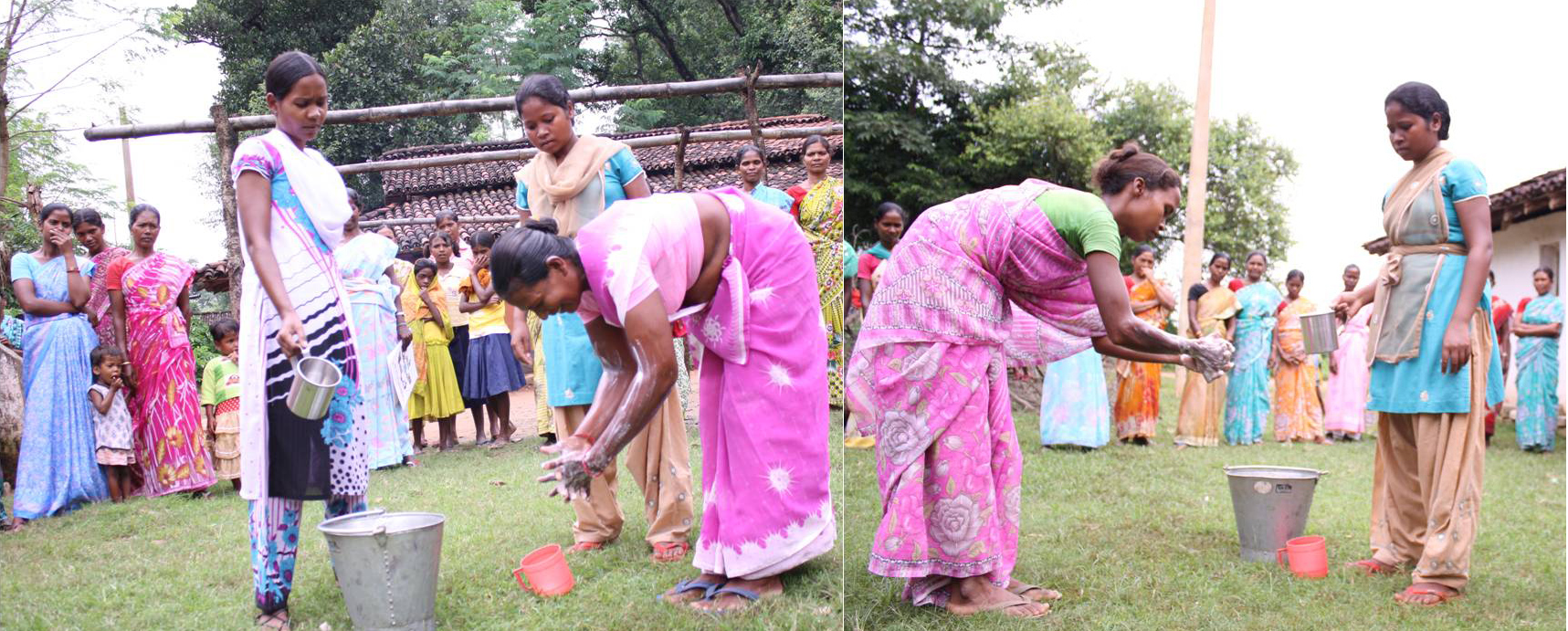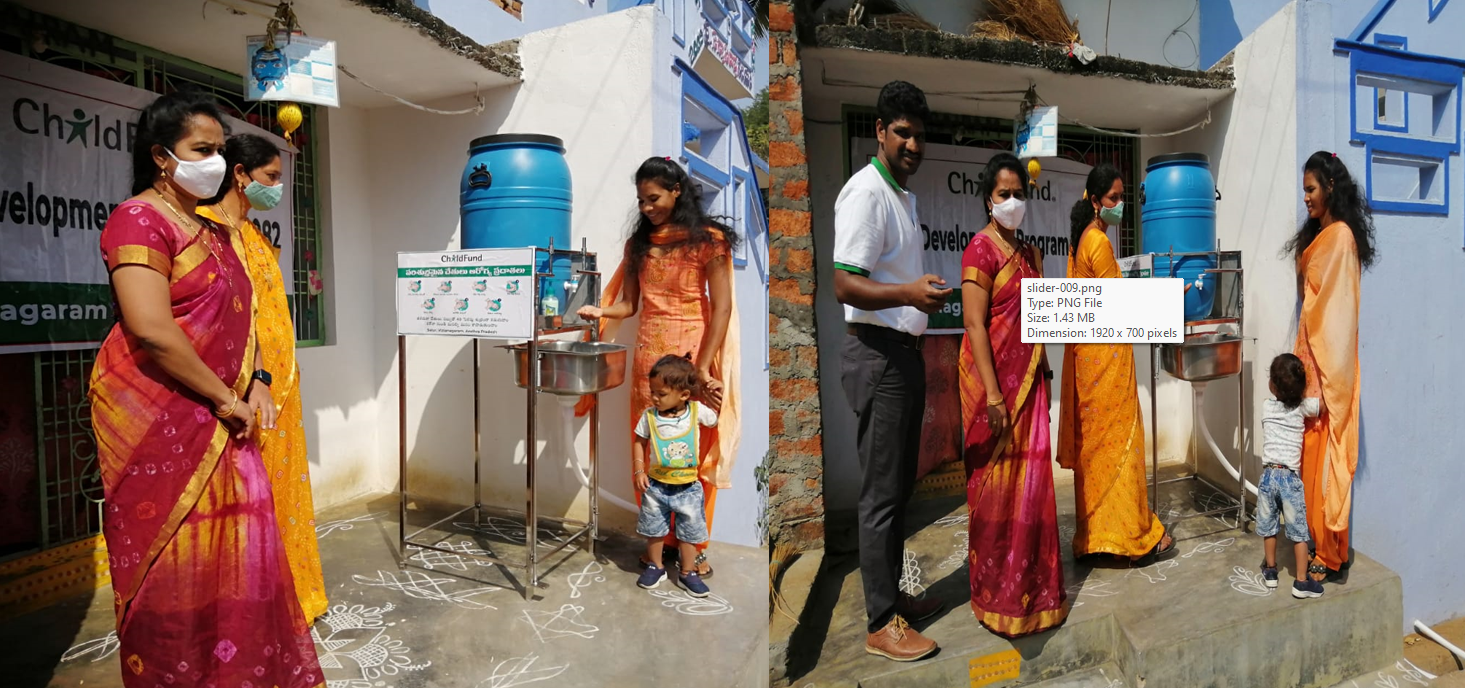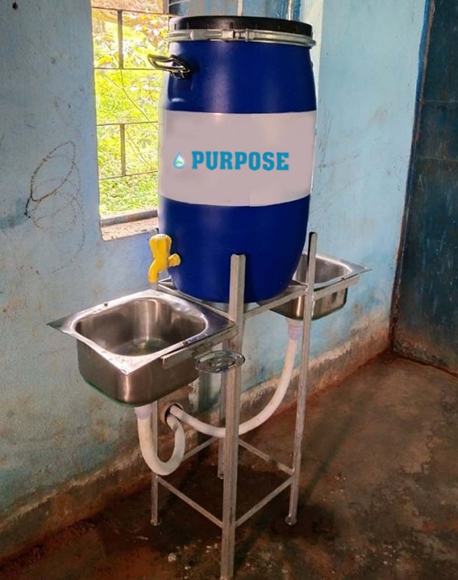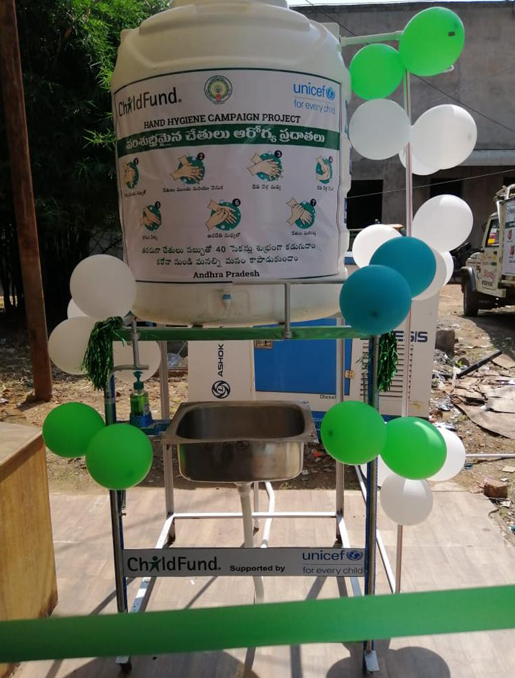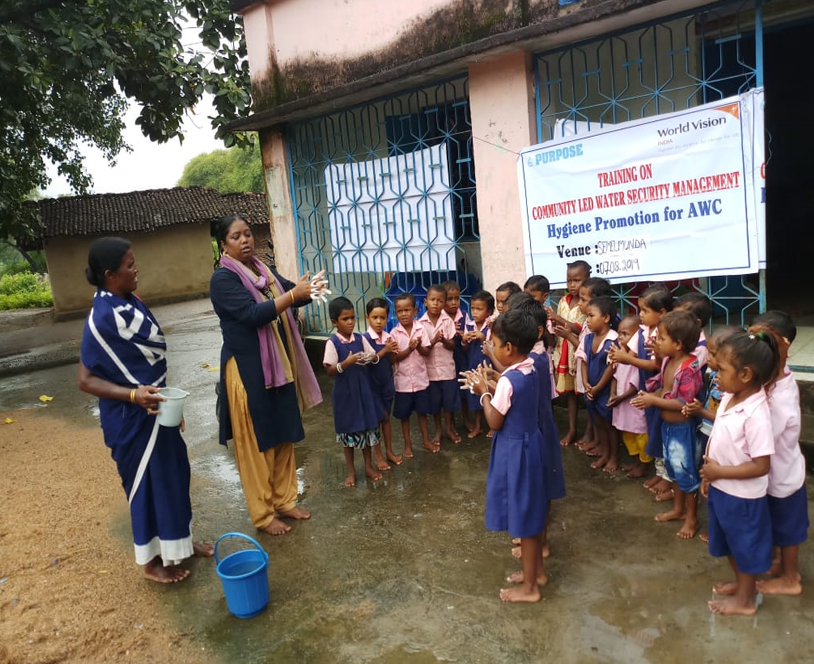Sustainable hygiene refers to practicing personal and public hygiene in a manner that is environmentally friendly, socially inclusive, and economically viable, while also promoting public health and well-being. It involves adopting hygiene practices that minimize the negative impacts on the environment and contribute to the overall sustainability of communities. Sustainable hygiene encompasses various aspects, including water use, waste management, product choices, and behavioral changes. Here are the key principles and components of sustainable hygiene: Water Conservation: Sustainable hygiene practices prioritize water conservation by promoting water-efficient behaviors, such as turning off taps while not in use, using low-flow faucets and showers, and collecting and reusing water where possible. Waste Reduction and Recycling: Minimizing waste generation and promoting recycling of hygiene-related products, such as packaging materials and personal care items, are important aspects of sustainable hygiene. Use of Eco-friendly Products: Choosing eco-friendly and biodegradable hygiene products, such as soaps, shampoos, and cleaning agents, helps reduce environmental pollution and minimizes the use of harmful chemicals. Energy Efficiency: Sustainable hygiene practices may include using energy-efficient appliances, such as hand dryers instead of paper towels, to reduce energy consumption and greenhouse gas emissions. Proper Waste Disposal: Ensuring proper waste disposal, especially for personal hygiene items like sanitary pads and diapers, is crucial to prevent pollution and protect water sources. Hygiene Education and Behavior Change: Promoting hygiene education and behavior change campaigns encourages individuals to adopt sustainable hygiene practices and fosters a culture of responsible hygiene habits. Inclusivity and Accessibility: Sustainable hygiene practices should be inclusive and accessible to all individuals, including those with disabilities and marginalized communities. Community Engagement: Engaging with communities and involving them in the planning and implementation of hygiene initiatives fosters ownership and sustainability. Public Health and Disease Prevention: Sustainable hygiene practices prioritize public health and disease prevention by promoting handwashing, sanitation, and proper waste management. Social and Cultural Considerations: Sustainable hygiene practices take into account social and cultural norms, ensuring that hygiene initiatives are culturally appropriate and accepted by the community. Life Cycle Assessment: Evaluating the environmental impacts of hygiene products and practices throughout their life cycle helps identify areas for improvement and more sustainable alternatives. By integrating these principles into hygiene practices, individuals and communities can contribute to environmental conservation, water resource management, and public health improvement. Sustainable hygiene plays a crucial role in achieving the United Nations Sustainable Development Goals (SDGs), including Goal 6 (Clean Water and Sanitation) and Goal 12 (Responsible Consumption and Production). It encourages a mindful and responsible approach to hygiene that supports the well-being of both people and the planet.
